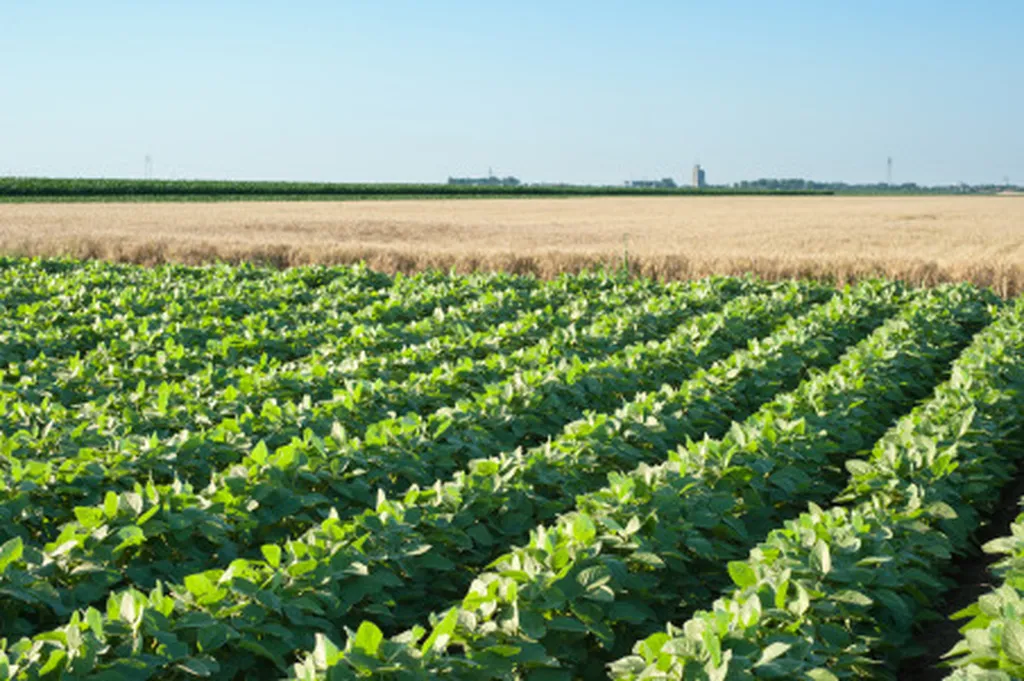In the realm of microbial biotechnology, a recent study published in *Applied and Environmental Microbiology* has unveiled a promising avenue for the oleaginous yeast *Rhodotorula toruloides* to produce extracellular biopolymers, potentially revolutionizing various industries, including agriculture. The research, led by Henrique Sepúlveda Del Rio Hamacek from the Department of Chemistry and Biotechnology at Tallinn University of Technology, sheds light on the yeast’s ability to generate exopolysaccharides (EPS) under specific conditions, opening doors to novel applications and commercial opportunities.
The study found that *R. toruloides* strain CCT0783 can produce significant amounts of EPS, particularly under glucose-rich conditions, with a yield of 5.84 ± 0.45 g/L. The EPS was characterized using FTIR and GC-MS, revealing a composition primarily of glucose (88.83 ± 4.87%), along with smaller percentages of galactose, mannose, and trace amounts of xylose and arabinose. Interestingly, the dried EPS also contained a small fraction of protein (1.0%).
One of the most intriguing findings was the role of inorganic nitrogen metabolism in the acidification of the culture environment and the simultaneous production of EPS. The researchers observed that EPS production was triggered when the metabolic activity of the yeast acidified the culture media to a pH of approximately 2. This discovery could have significant implications for optimizing the production of microbial biopolymers.
“The acidification process seems to be a key factor in triggering EPS production,” said Henrique Sepúlveda Del Rio Hamacek, the lead author of the study. “Understanding this mechanism allows us to better control the production process and potentially enhance the yield of these valuable biopolymers.”
The study also mapped the putative EPS biosynthesis and transport pathways, as well as regulators of intracellular pH maintenance, providing a comprehensive overview of the biochemical processes involved. This foundational resource could pave the way for the development of *Rhodotorula* cell factories tailored for extracellular bioproduction.
The commercial impacts of this research are substantial, particularly for the agriculture sector. Microbial biopolymers have a wide range of applications, from gelling agents in pharmaceuticals to emulsifiers in the food industry. In agriculture, these biopolymers can be used as soil conditioners, biofertilizers, and biopesticides, enhancing crop productivity and sustainability.
“Our findings highlight the potential of *R. toruloides* as a versatile microbial factory,” added Hamacek. “By leveraging its ability to produce extracellular biopolymers, we can explore new avenues for sustainable agriculture and other industries.”
The research not only expands the known capabilities of *R. toruloides* but also provides a roadmap for future developments in microbial biotechnology. As the demand for sustainable and eco-friendly solutions grows, the ability to produce extracellular biopolymers efficiently and cost-effectively becomes increasingly valuable. This study marks a significant step forward in harnessing the potential of microbial biopolymers, with far-reaching implications for agriculture and beyond.

